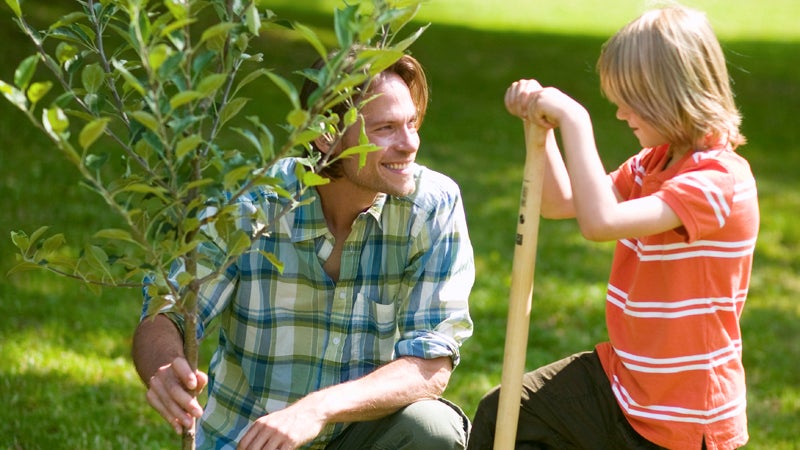Brock: Now is perfect time to plant trees
Published 12:02 am Wednesday, January 17, 2018

- The third Friday in January is Louisiana’s state arbor day, making now the perfect time to plant trees. To help, the LSU Ag Center has a for-sale publication on home orchards, spiral-bound and quite detailed on lots of different fruits.
National Arbor Day is at the end of April, but different states celebrate the holiday on different dates.
The third Friday in January is Louisiana’s state arbor day, so obviously now is a good time to plant trees.
The same is true for shrubs and many other perennials. This may bring lovely flowering trees to mind, but I tend to plant according to my stomach’s wishes.
Louisiana has a long growing season that can accommodate a large variety of fruit-producing plants. Many of these can be incorporated into an existing ornamental landscape to beautify while providing something else more tangible.
Good local nurseries know that savvy gardeners plant now, so they keep lots of fruit-bearing plants in stock. And if they don’t have what you want, they may be able to order for you.
When planting a home orchard, many considerations must be taken. Any planting will do best in well-drained soil in a sunny location. We want at least 6-8 hours sunlight for plants to produce fruit. (It’s much easier to get most plants to produce leaves or flowers, but fruit requires more of the plant’s energy.)
Also consider how much work you want to put into your orchard. Peaches are notoriously high-maintenance trees, while figs and citrus require hardly any attention.
Blueberries can be very easy IF you have the right soil…
So get your soil tested before you plant. If the pH is wrong for what you want to plant, you can make amendments before you plant. It’s not advisable to till right over an existing tree, even with good soil-improvement intentions. It’s also NOT advisable to add fertilizer to a new planting. A soil test sample takes about a week to analyze and costs $15 through the LSU Ag Center. (Other private labs may vary.)
Pruning will be another important first step. For most trees, it’s best to cut the sapling to about three feet at planting.
It looks scary, but it will encourage lateral growth, which is what you want.
Especially for pears, peaches, and plums, your goal is to get as much sunlight as possible to as many leaves as possible.
Too much growth in the center will shade other branches.
Try to make your peach or plum tree look like an upside-down umbrella, keeping an open center.
The open center figure can obviously be accomplished by clearing out most internal growth. But pears are especially notorious for reaching skyward.
You may need to tie branches down to stakes in the ground, or secure some kind of weights to their ends. If so, keep them in this position for one year. After that, they should be expected to stay put.
Consider pollinators as well. Pears, apples, and blueberries need another variety nearby to be fertilized and make fruit. Citrus do not, and will produce fewer seeds if not fertilized. Do a little research (or ask me) before you plant.
Most fruit tree problems can be traced back to a lack of water and fertilizer.
Water fruit trees weekly and deeply in summer, and fertilize them once or twice a year. This is all for naught if you have grass or other weeds growing right up to the trunk.
Clear any grass out to at least the tree’s drip line, or it will get all the water and nutrients before your tree’s roots ever do.
Much more specific fruit culture information can be found in a number of free LSU Ag Center (or other A&M university) publications.
The LSU Ag Center also has a for-sale publication on home orchards, spiral-bound and quite detailed on lots of different fruits.
If you want to know more about gardening, landscaping, or anything else horticultural, contact the St. John / St. James Parishes County Agent André Brock at abrock@agcenter.lsu.edu. Also, the LSU Ag Center’s website can be accessed at lsuagcenter.com with lots of user-friendly information, including this article.

